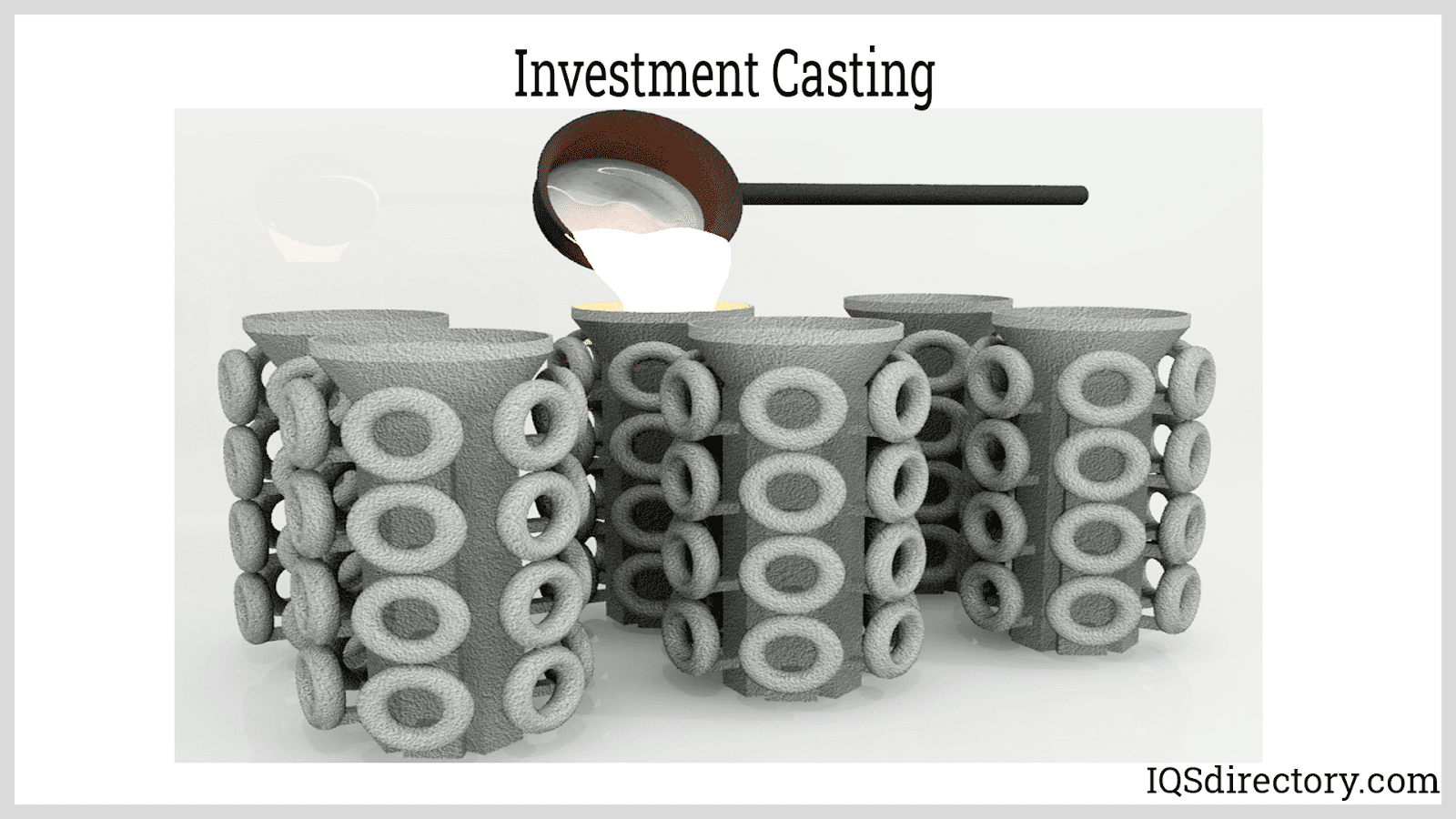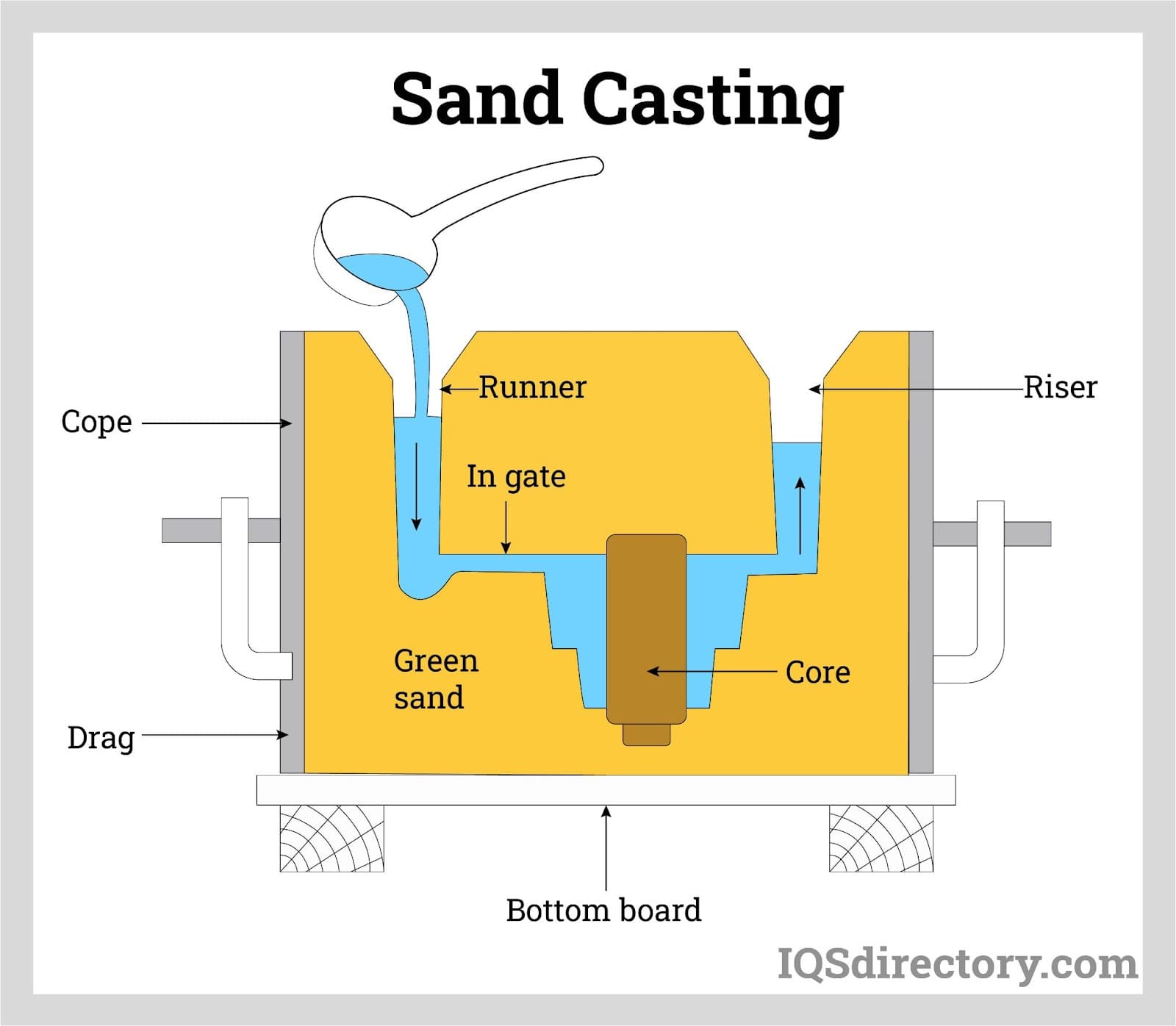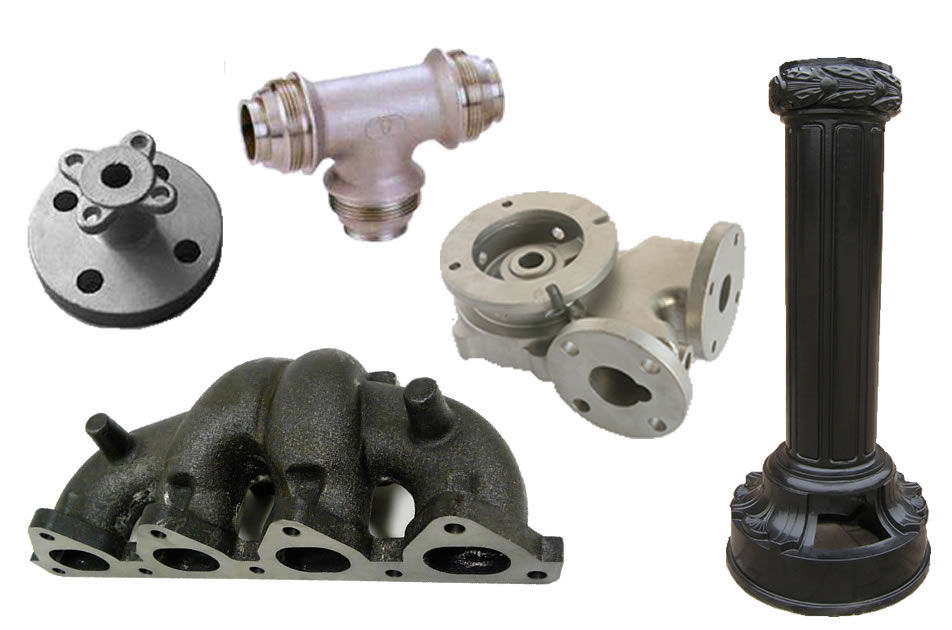What Are Carbon Nanotubes and Why Should You Care?
May 3rd, 2018
Have you heard of carbon nanotubes? Probably not.
They sound like a futuristic technology that has lots of vaguely high-tech properties. And that is pretty much exactly what they are.
Carbon nanotubes are made from similar materials to carbon fiber, and while the nanotubes do have structural applications like carbon fiber, they also do so, so much more.
In this article, we’re going to break down the what, why, and how of carbon nanotubes so that you understand what they are, and why they actually matter to you.
What Are Nanotubes?

Carbon nanotubes are made from a graphite-like compound – hence the “carbon,” in the name. The same material that makes everything from coal to pencil ‘lead’ to diamonds can be altered to create a tubular, chicken wire-like sheet of nanoparticles. The nanotube part comes from the way the tubes are formed. They are quite literally ‘sheets’ of graphene which are then rolled into small “tubes,” so small that the term ‘nano’ is fully accurate.
A nanoScience Instruments notes:
A carbon nanotube is a tube-shaped material, made of carbon, having a diameter measuring on the nanometer scale. A nanometer is one-billionth of a meter, or about 10,000 times smaller than a human hair. CNT are unique because the bonding between the atoms is very strong and the tubes can have extreme aspect ratios. A carbon nanotube can be as thin as a few nanometers yet be as long as hundreds of microns. To put this into perspective, if your hair had the same aspect ratio, a single strand would be over 40 meters long.
These tubes can exist on their own or be made multi-walled by wrapping layers of varying diameter around each other. The way graphene sheets and carbon nanotubes are actually formed in the manufacturing process involves chemical alchemy and heat curing, but is rather similar to the way carbon fiber sheets are produced.
How Do They Work?
This is where things get interesting. Unlike carbon fiber, which is typically used as a structural component in everything from golf clubs to car bodies, carbon nanotubes operate both as structural components and as conductors.
Today, nanotubes are most commonly used as structural reinforcement for carbon-fiber products. In this application, the tubes act somewhat like rebar does in a traditional concrete structure, where they add directional support along the larger, planar ‘sheets’ of carbon fiber.
But the application that made headlines when nanotubes were first developed (and continues to promise radical technological breakthroughs) is as conductors, with physical properties and performance specs that make silicon chips seem like Stone Age relics.
Single-walled carbon nanotubes can be as small as a single carbon atom across. That means the entire tube has a diameter of one nanometer, which is roughly 1/10,000 the thickness of a human hair. When acting as a semiconductor, carbon nanotubes can fit dramatically more transistors on a same-sized ‘chip’ as today’s silicon versions.
More transistors equals more power, less heat generation, and greater reliability across a product’s service life.
How Will They Change Our Lives?

Carbon nanotube chips are not only smaller (or substantially more powerful at comparable size), they also operate more quickly and more efficiently while generating far less heat than today’s silicon chips.
There is almost no explanation required to break down the potential developments that carbon nanotubes would allow in the software and hardware realm. Smaller devices, more memory, faster speeds, less overheating, and longer battery life are all obvious implications, and the degree of improvement over today’s technology will not be incremental, it will be radically transformative.
Moore’s Law, which states that every 18 months the number of transistors on a computer chip will double has held true since it was first posited in the 1960’s. However, in recent years, the capacity of chips has slowed down. After all, there is only so much space on a chip. Carbon nanotubes could create the next iteration of Moore’s Law.
The higher power, smaller size, lower heat, and faster speeds of carbon nanotube-enabled technology also promises radical improvements over today’s technology. X-ray machines could be more precise with greater processing power, digital cameras could become staggeringly faster and higher resolution, and smartphones could easily offer as much memory as today’s laptop computers.
There are myriad medical technology experiments underway involving nanotubes which promise to make the ways we treat many diseases far more advanced and less invasive.
Ingestible sensors and cameras could allow doctors to closely examine internal conditions that used to require invasive biopsies; the conductivity and heat resistant properties of carbon nanotubes will facilitate more targeted, less damaging radiation and laser treatments than ever before.
Nanotubes’ small size, flexibility, and organic chemical makeup offer a promising fusion of health science and high technology that seems long overdue.
Sci-Fi Brought to Life
There are also truly sci-fi implications of energy storage in carbon nanotubes. From using their capillary-style tube structure to hold hydrogen gas in fuel cells to creating complex batteries with the intricate latticework and, the energy storage, power transmission, and massive strength of nanotubes has the potential to open up new avenues of alternative energy.
Nanotubes also possess some unique photovoltaic properties which make them one of the most promising material breakthroughs in solar energy. Because of their structure, carbon nanotubes have applications in nearly every phase of solar power collection and in every type of solar panel, from acting as acid-doped light harvesting media to fitting into the photovoltaic layer to acting as transparent electrodes; then, nanotubes can be used in batteries to store the energy they also gather from sunlight.
As if that weren’t enough, the nanoscopic nature of carbon nanotubes means that they will soon act as reusable water filters–and not just for home drinking water. While it has potential to filter drinking water more effectively and with far longer-lasting filtration media than today’s carbon-based filters, the world-changing benefits of carbon nanotubes in water filtration come from researchers’ breakthrough discovery about nanotube-based ‘paper’ that is hydrophobic, meaning it does not absorb water, but can soak up other organic compounds.
Oil and other toxic waste spills could effectively be ‘mopped up’ by nanotube-based mobile filtration systems, which could transform the way we clean up our planet after contaminating precious water resources.
Today, when you hear ‘wearable technology,’ you think a smartwatch or perhaps Google Glasses. Soon, that will mean exercise shirts with heart rate monitoring, hospital garments that monitor patients’ vitals, and even casualwear that is capable of monitoring long-term health for a variety of pre-existing conditions.
Nanotubes can be woven into fabric without changing the feel or appearance while creating miniature conductive pathways and ‘circuits’ that feed the information to a smartphone or other data monitoring device.
The Future Is (Almost) Now

There are still some technical hurdles to overcome before carbon nanotubes become mainstream in consumer electronics and other public-facing applications, but it is only a matter of time before these tiny graphite-based tubes become a big part of our daily lives.
Many applications are already in testing or in use in limited capacities before large-scale industrial and consumer products are ready for mainstream use. Many more are waiting on nanotubes to see widespread manufacturing adoption so that potential bugs are worked out and pricing is low enough to integrate the material into pre-existing designs.
The rest are somewhere between theoretical and fully tested, but access to the manufacturing technology will only make nanotubes more ubiquitous and the most sci-fi applications closer to real-life sooner.
So, next time you see ‘Nanotechnology’ on a label or in an article online, this is what they’re talking about. It just might be something that can change the world.
Resources:
- https://en.wikipedia.org/wiki/Carbon_nanotube
- https://www.nanoscience.com/applications/education/overview/cnt-technology-overview/
- https://en.wikipedia.org/wiki/Potential_applications_of_carbon_nanotubes
- http://www.understandingnano.com/nanotubes-carbon.html
- http://discovermagazine.com/2009/jul-aug/09-ways-carbon-nanotubes-just-might-rock-world
- https://www.forbes.com/sites/kevinmurnane/2016/09/08/carbon-nanotubes-are-getting-closer-to-making-our-electronic-devices-obsolete/






 Die Castings
Die Castings Forgings
Forgings Grey Iron Castings
Grey Iron Castings Investment Castings
Investment Castings Castings & Forgings
Castings & Forgings Bulk Material Handling
Bulk Material Handling Electrical & Electronic Components
Electrical & Electronic Components Flow Instrumentation
Flow Instrumentation Hardware
Hardware Material Handling Equipment
Material Handling Equipment Metal Cutting Services
Metal Cutting Services Metal Forming Services
Metal Forming Services Metal Suppliers
Metal Suppliers Motion Control Products
Motion Control Products Plant & Facility Equipment
Plant & Facility Equipment Plant & Facility Supplies
Plant & Facility Supplies Plastic Molding Processes
Plastic Molding Processes Pumps & Valves
Pumps & Valves Recycling Equipment
Recycling Equipment Rubber Products & Services
Rubber Products & Services